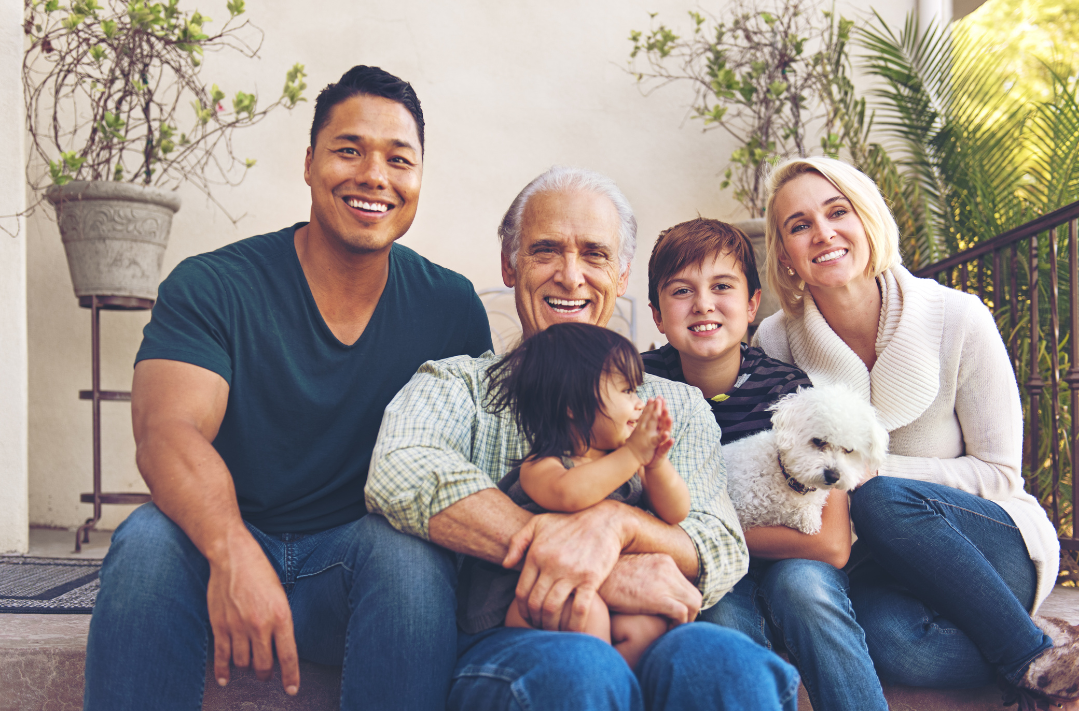
In recent years, the concept of multi-generational living has gained significant momentum, becoming a popular housing choice for families across the country. This unique lifestyle offers numerous advantages that cater to the needs and desires of families of all ages. In this article, we will explore why multi-generational homes are becoming increasingly popular and discuss the benefits they bring. We will also delve into important considerations, such as accommodating seniors or individuals with disabilities, ensuring that this lifestyle is inclusive and supportive for all family members involved.
Strengthened Family Bonds
Living under one roof fosters stronger connections among family members. Multi-generational homes provide opportunities for daily interactions, shared experiences, and meaningful relationships between grandparents, parents, and children. The proximity allows for a deeper understanding of each other's lives, creating a sense of belonging and support that is invaluable in today's fast-paced world.

Financial Advantages
One of the key reasons behind the growing popularity of multi-generational homes is the financial benefits they offer. Sharing the cost of mortgage payments, utilities, and other household expenses can significantly ease the financial burden for all family members involved. By pooling resources, families can afford larger homes or properties in desirable locations, enhancing their overall quality of life.
Shared Responsibilities
Multi-generational living allows for the division of household chores and responsibilities among family members, making daily life more manageable and less overwhelming. From childcare and cooking to household maintenance and eldercare, tasks can be shared, ensuring that no one individual bears the entire burden. This collaborative approach fosters a sense of teamwork and unity within the household.

Elderly Care and Support
For aging parents or grandparents, multi-generational homes provide an excellent opportunity for receiving care and support from loved ones. Seniors can maintain their independence while enjoying the reassurance of having family members nearby in case of emergencies. Additionally, having younger generations in the household can provide seniors with companionship, mental stimulation, and emotional well-being, contributing to their overall quality of life.
Accessibility and Inclusivity
Considerations for seniors or disabled family members are essential when designing a multi-generational home. Features like wheelchair ramps, grab bars, wider doorways, and accessible bathrooms ensure that individuals with mobility challenges can navigate the home comfortably and safely. Additionally, incorporating smart home technologies can further enhance accessibility and independence for individuals with disabilities.

Multi-generational homes are witnessing a surge in popularity due to their ability to foster stronger family bonds, provide financial advantages, and support the needs of aging or disabled family members. This lifestyle choice offers a multitude of benefits and can create a harmonious living environment where generations come together, thrive, and build lasting memories. By embracing the concept of multi-generational living, families can experience a sense of togetherness, while enjoying the practical advantages and emotional rewards that this lifestyle offers.
Posted by Infinity Admin on
Leave A Comment